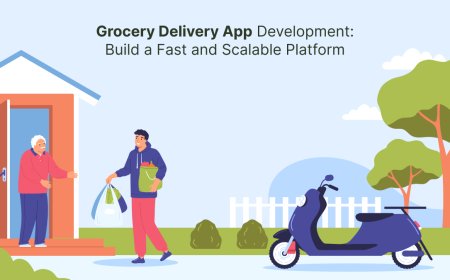Farm Close to Me, Farm Near Me Guide: Finding Local Fresh Produce Easily
Finding a farm close to me is easier than many realize, especially with the growing number of local farms, farmers markets, and U-pick operations available in various regions.

Finding a farm close to me is easier than many realize, especially with the growing number of local farms, farmers markets, and U-pick operations available in various regions. Whether someone is seeking fresh produce, dairy, or a hands-on farming experience, local farms often offer direct access to high-quality, seasonal products and community-supported agriculture options.A farm near you can provide fresh fruits, vegetables, eggs, and more, often with sustainable and organic choices available. Many farms also welcome visitors to explore their gardens, interact with animals, or join farm tours. These opportunities bring people closer to their food sources and support local agriculture in practical ways.People interested in finding nearby farms benefit from directories and maps that list farms by location, making it simple to locate options based on what they want to grow or purchase. Whether in urban areas or rural settings, there are farms focused on diverse offeringsfrom small vegetable patches to full-scale animal husbandry.
Finding a Farm Close to You
Locating a nearby farm involves knowing where to look, what types of farms are available, and which factors impact the decision to visit or buy. Understanding these elements helps people connect with farms that suit their needs efficiently.
Best Resources for Locating Nearby Farms
Online farm directories and mapping tools are among the most reliable resources. Websites like Farm Finder Network and Local Food Map offer searchable databases where users can filter farms by location, product type, and farming practices.Other useful tools include state agriculture websites, regional U-pick farm maps, and platforms allowing farmers to share GPS coordinates or drop-off points. These resources often display farms that sell direct to consumers, making it easier to buy fresh and local.Social media groups focused on local agriculture and farmer's markets calendars also provide updated information about farms in specific regions.
Types of Farms You Can Find Locally
Local farms vary broadly in their offerings. Common types include fruit and vegetable farms, U-pick operations, poultry farms selling fresh eggs, and dairy farms. Some farms specialize in organic or sustainable practices.Small-scale homesteads and co-ops often appear in directories, providing diverse products such as honey, herbs, or artisanal goods. Many farms allow direct customer interactions through CSA (Community Supported Agriculture) programs, farm stands, or on-site markets.Seasonal farms might offer specific crop harvesting experiences, like berry picking or pumpkin patches, while year-round farms may have greenhouses or animal products available.
Factors to Consider When Choosing a Local Farm
Accessibility is keycheck if the farm is open to public visits or if purchases are by appointment or drop location only. Proximity and ease of travel impact convenience.The types of products offered should align with personal preferences, such as organic versus conventional or specific crops. Also consider the farms sustainability practices if environmental impact matters.Customer reviews and recommendations give insights into product quality and service. Finally, consider the seasonality of produce and availability to ensure it matches shopping needs or planned visits.
Benefits of Visiting Farms Near Me
Visiting nearby farms offers tangible advantages for individuals and communities. It creates direct connections between consumers and the source of their food while providing educational and recreational opportunities.
Supporting the Local Economy
Local farms contribute significantly to their regional economies. By buying directly from farms or through farmers markets, consumers help keep money within the community. This supports farm owners, workers, and related local businesses.Small farms often face challenges competing with large-scale commercial producers. When people choose local farms, they help maintain diverse agricultural practices and protect farmland from being sold for development. This economic support also encourages sustainable farming methods.Furthermore, community-supported agriculture (CSA) programs allow residents to invest in farms upfront. This ensures a reliable income for farmers while giving members a stake in local food production.
Access to Fresh and Organic Produce
Farms near home provide access to produce that is often fresher and more nutrient-rich than supermarket options. Local harvesting means less time in transit, reducing spoilage and preserving quality.Many nearby farms use organic or low-impact farming techniques. This limits exposure to synthetic pesticides and fertilizers. Consumers who visit or purchase from these farms can find seasonal fruits and vegetables that are often unavailable in conventional stores.Buying local produce also offers greater transparency. Visitors can learn about farming practices, ensuring their food aligns with their values on health and sustainability.
Opportunities for Agritourism and Family Activities
Farms close to residential areas offer activities beyond shopping for food. Visitors can participate in farm tours, workshops, and seasonal events such as fruit picking or animal feeding.These activities are especially valuable for families. Children gain hands-on experiences with agriculture, understanding where food comes from and interacting with farm animals. Many farms also offer petting zoos and educational programs.Agritourism supports physical and mental well-being by providing fresh air and outdoor experiences. It fosters a deeper appreciation of rural life and encourages community engagement through shared activities.








&srotate=0)
























